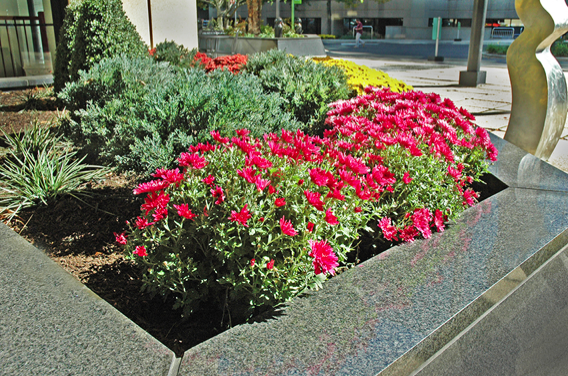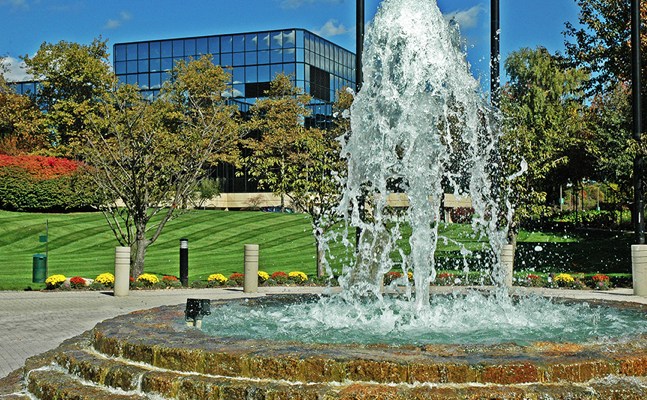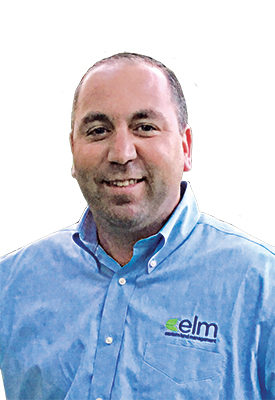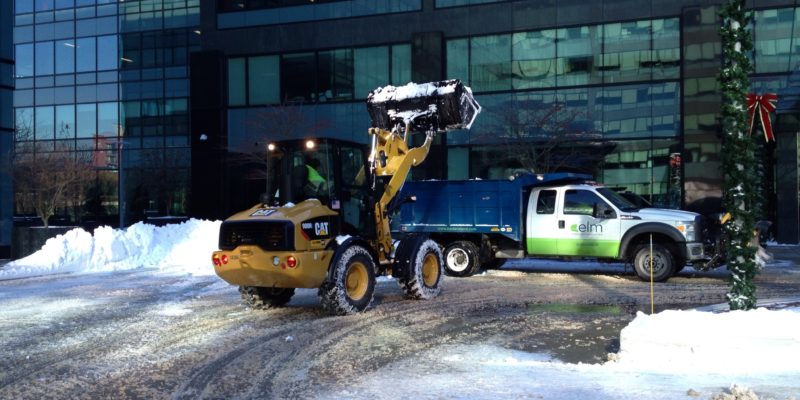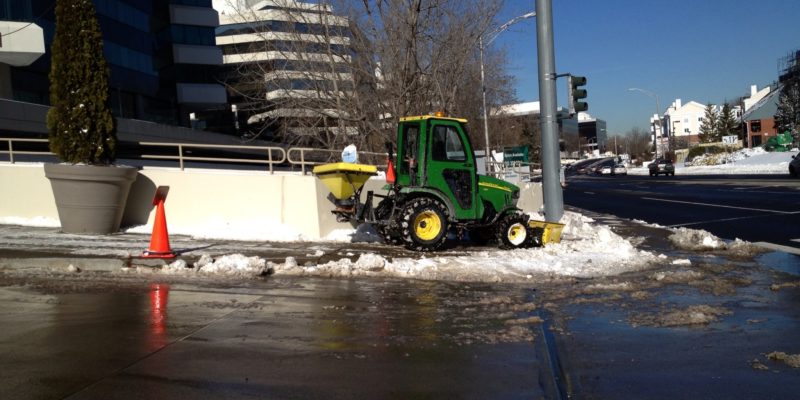Eastern Land Management is proactively monitoring and addressing water needs for the upcoming spring and summer landscape season due to the drought situation in lower Fairfield County.
Despite the heavy, late winter storms, our area has received 14 inches less rain than in the past twelve months and reservoir levels remain below normal. As a result, the towns of Darien, Greenwich, New Canaan and Stamford will be under an “irrigation ban.”
On Monday, March 6, 2017, ELM met with our city leaders and executives from Aquarion Water Company to discuss the ban, landscape watering options, and what water restrictions mean for business owners and commercial landscapes.
ELM will be providing critical information regarding new regulations for all irrigation systems, including 1) the status of the drought, 2) how reductions in water use will affect plants and trees during peak growing season, and 3) solutions that optimize drought management planning for commercial and institutional property landscapes.
If you have questions about how water restrictions affect your property, or would like to discuss drought management and irrigation issues, please contact Bruce Moore Jr. at 203.316.5433.
On behalf of the landscape and irrigation professionals at ELM, we look forward to being your strategic partner for water smart landscapes, improving your environmental impact, and helping you become more competitive with your bottom line.
Bruce Moore Jr., Vice President, ELM Operations



